Home>Health & Lifestyle>Air Quality & Filtration>How To Install A Home Water Filtration System
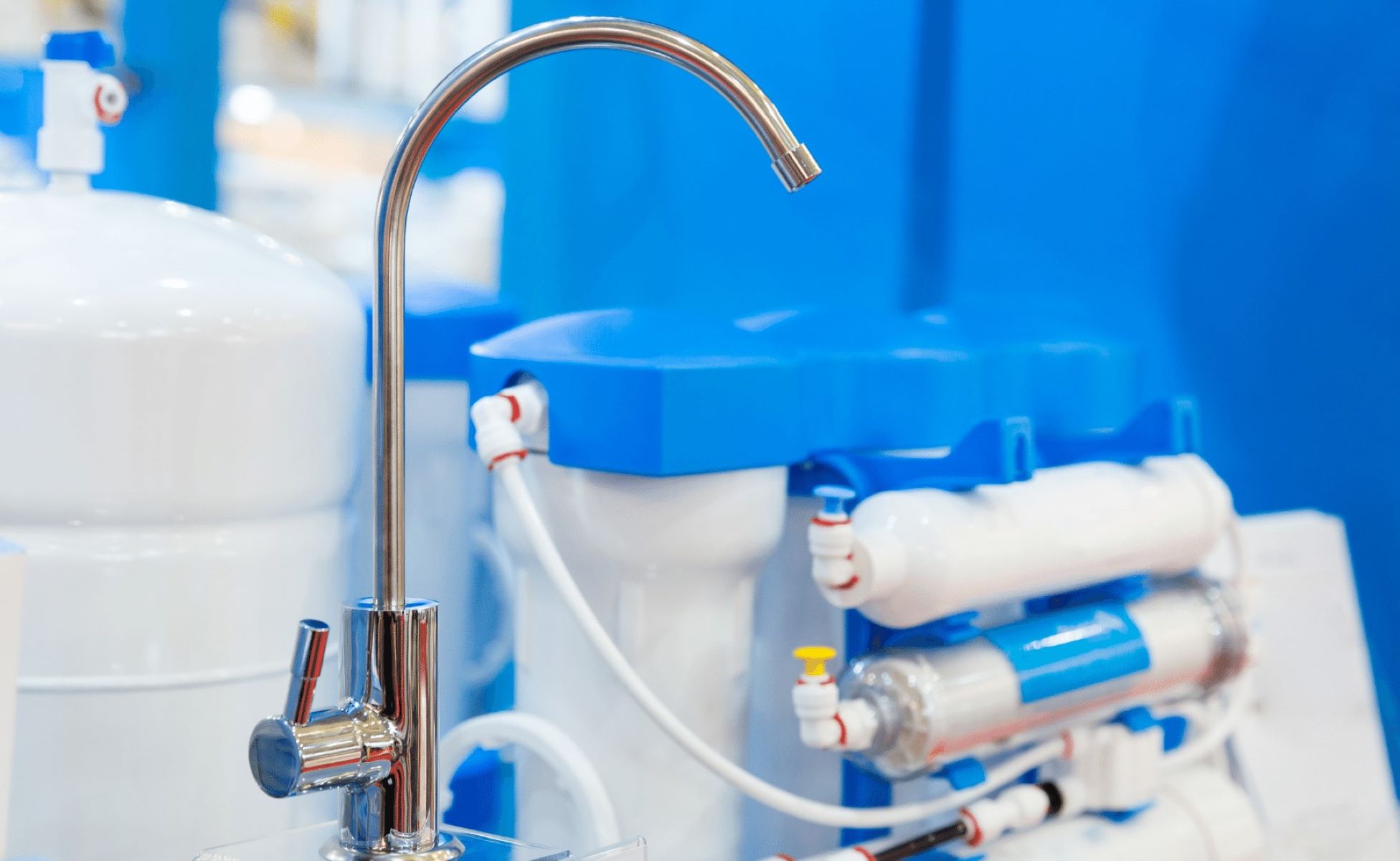

Air Quality & Filtration
How To Install A Home Water Filtration System
Modified: August 16, 2024
Learn how to improve your home's air quality and filtration by installing a water filtration system. Follow our step-by-step guide for cleaner, healthier air.
(Many of the links in this article redirect to a specific reviewed product. Your purchase of these products through affiliate links helps to generate commission for Storables.com, at no extra cost. Learn more)
Introduction
Welcome to the comprehensive guide on installing a home water filtration system. Clean and safe drinking water is essential for maintaining good health, and a home water filtration system can provide peace of mind by ensuring that the water you and your family consume is free from contaminants. In this guide, we will explore the different types of water filtration systems available for residential use, how to assess your water quality, choosing the right system for your specific needs, the installation process, and ongoing maintenance. By the end of this article, you will have a clear understanding of the steps involved in setting up a reliable water filtration system in your home.
Water is a fundamental element for sustaining life, and its quality directly impacts our well-being. While tap water goes through treatment processes at water treatment facilities, it can still contain impurities and contaminants that affect its taste, odor, and safety for consumption. Installing a home water filtration system is a proactive step towards ensuring that the water flowing from your taps is of the highest quality.
Whether you are concerned about the presence of chlorine, sediment, heavy metals, or other pollutants in your water supply, a water filtration system can address these issues, providing you with clean, great-tasting water for drinking, cooking, and other household uses. Additionally, by reducing the reliance on single-use plastic water bottles, a home filtration system contributes to environmental sustainability.
In the following sections, we will delve into the specifics of different water filtration technologies, the importance of assessing your water quality, selecting the most suitable filtration system for your home, the installation process, and the essential maintenance tasks to keep your system operating effectively. Let's embark on this journey to equip your home with a reliable water filtration solution that promotes health, convenience, and environmental responsibility.
Key Takeaways:
- Choose the right water filtration system by identifying contaminants, assessing water usage, considering maintenance needs, evaluating installation space, and budgeting for long-term costs. Make an informed decision to enhance water quality and align with your lifestyle.
- Maintain your water filtration system by replacing filters, cleaning and sanitizing, flushing the system, monitoring performance, and troubleshooting common issues. Proactive maintenance ensures continued access to clean, safe, and great-tasting water for your household needs.
Understanding the Different Types of Water Filtration Systems
Water filtration systems employ various technologies to remove impurities and contaminants from water, ensuring that it is safe for consumption and other household uses. Understanding the different types of water filtration systems is crucial for selecting the most suitable option for your specific needs. Here are the primary types of water filtration systems commonly used in residential settings:
- Activated Carbon Filters: These filters use activated carbon to remove impurities and contaminants through adsorption. They are effective at reducing chlorine, volatile organic compounds (VOCs), and unpleasant tastes and odors from water. Activated carbon filters are available in pitcher-style, faucet-mounted, and whole-house systems.
- Reverse Osmosis Systems: Reverse osmosis (RO) systems utilize a semipermeable membrane to remove a wide range of impurities, including dissolved solids, heavy metals, and microorganisms. They are highly effective at producing high-quality drinking water and are often installed under the kitchen sink.
- Ultraviolet (UV) Purifiers: UV purifiers disinfect water by exposing it to ultraviolet light, which destroys the DNA of microorganisms, rendering them harmless. UV purifiers are particularly effective at eliminating bacteria, viruses, and other pathogens from water without altering its taste or odor.
- Water Distillers: Distillation systems boil water to create steam, which is then condensed back into liquid form, leaving behind contaminants and impurities. Water distillers are capable of removing a wide range of pollutants, including heavy metals and chemicals, producing exceptionally pure water.
- Ion Exchange Filters: These filters remove dissolved ions from water, such as calcium and magnesium, and replace them with other ions, typically sodium. Ion exchange filters are effective at softening water and reducing the hardness that can lead to limescale buildup in plumbing and appliances.
Each type of water filtration system has its unique capabilities and limitations, and the choice of system depends on the specific contaminants present in your water supply and your preferences for water quality. By understanding the characteristics of each filtration technology, you can make an informed decision when selecting the most suitable system for your home.
Assessing Your Water Quality
Before choosing a water filtration system for your home, it is essential to assess the quality of your water supply to identify potential contaminants and determine the most effective treatment methods. Several approaches can be employed to evaluate the water quality, ensuring that the selected filtration system addresses specific concerns. Here are the key steps for assessing your water quality:
- Water Testing: Conduct comprehensive water testing to identify the presence of contaminants such as bacteria, lead, pesticides, nitrates, and other impurities. Many accredited laboratories offer water testing services, allowing you to obtain a detailed analysis of your water’s composition and purity.
- Reviewing Water Reports: If you receive water from a municipal supply, review the annual Consumer Confidence Report (CCR) provided by your water utility. This report outlines the detected contaminants and their concentrations, offering valuable insights into the overall quality of your drinking water.
- Assessing Physical Characteristics: In addition to chemical and biological contaminants, consider the physical characteristics of your water, such as its hardness, turbidity, and odor. These attributes can influence the choice of filtration system needed to improve the overall water quality.
By gaining a comprehensive understanding of your water quality, you can effectively prioritize the removal of specific contaminants and select a filtration system that aligns with your purification goals. Whether you are concerned about microbial pathogens, heavy metals, or aesthetic issues such as taste and odor, a thorough assessment of your water quality serves as the foundation for making informed decisions regarding water treatment.
Furthermore, understanding the composition of your water enables you to customize the filtration process to address the unique challenges posed by your water supply, ensuring that the chosen system delivers optimal performance and provides you with clean, safe, and great-tasting water for your household needs.
Choosing the Right Water Filtration System for Your Home
With a myriad of water filtration systems available, selecting the most suitable option for your home requires careful consideration of various factors, including your water quality, specific contaminants present, installation requirements, and maintenance preferences. Here are the key considerations to help you choose the right water filtration system:
- Identify Contaminants: Based on the results of your water quality assessment, identify the specific contaminants that you want to target with a filtration system. Whether it’s chlorine, lead, microbial pathogens, or dissolved solids, understanding the primary concerns guides the selection process.
- Assess Water Usage: Evaluate your household’s water usage patterns to determine whether a point-of-use or whole-house filtration system is more suitable. Point-of-use systems, such as faucet-mounted filters and pitchers, are ideal for addressing drinking water concerns, while whole-house systems provide comprehensive filtration for all water sources in your home.
- Consider Maintenance Needs: Assess the maintenance requirements of different filtration systems, including filter replacement, cleaning, and system servicing. Determine the level of maintenance you are willing to commit to and choose a system that aligns with your preferences and capabilities.
- Installation Space and Compatibility: Evaluate the available space for installing a filtration system and consider the compatibility of various systems with your plumbing and water fixtures. Some systems, such as reverse osmosis units, may require under-sink installation, while others can be easily integrated into existing plumbing.
- Budget and Long-Term Costs: Consider the initial investment and long-term costs associated with different filtration systems, including purchase price, filter replacements, energy consumption, and maintenance expenses. While some systems have higher upfront costs, they may offer greater long-term value and performance.
By carefully weighing these considerations and understanding your specific requirements, you can make an informed decision when choosing a water filtration system that effectively addresses your water quality concerns and aligns with your lifestyle and budget. Whether you opt for a simple activated carbon filter for drinking water or a comprehensive whole-house reverse osmosis system, the right filtration solution can significantly enhance the quality of water in your home, promoting health and well-being for you and your family.
When installing a home water filtration system, make sure to carefully read the manufacturer’s instructions and follow the recommended installation steps to ensure proper functioning and safety.
Installing Your Home Water Filtration System
Once you have chosen the most suitable water filtration system for your home, the next step is to proceed with the installation process. While specific installation instructions may vary based on the type and model of the filtration system, the following general guidelines can help you navigate the installation with confidence:
- Read the Manufacturer’s Instructions: Before beginning the installation, carefully review the manufacturer’s instructions provided with the filtration system. These guidelines outline the specific steps, tools, and precautions necessary to ensure a successful installation.
- Locate the Installation Point: Determine the optimal location for installing the filtration system based on its type. Point-of-use systems, such as faucet-mounted filters and pitchers, are typically straightforward to install, requiring minimal space and no special tools. Whole-house systems may need to be installed near the main water line or in a designated utility area.
- Prepare the Plumbing Connections: For systems that connect directly to your plumbing, such as under-sink filters and reverse osmosis units, ensure that you have the necessary plumbing connections and adapters. Follow the provided instructions to make secure and leak-free connections to the water supply and existing fixtures.
- Mounting and Securing: If the filtration system requires mounting, ensure that it is securely fixed in place, whether under the sink, on a countertop, or near the main water line. Proper mounting ensures stability and functionality while minimizing the risk of damage or accidental dislodging.
- Testing and Flushing: Once the system is installed, conduct any recommended flushing or priming procedures as specified by the manufacturer. This helps remove air pockets, activate the filtration media, and ensure that the system is ready to deliver clean and safe water.
While some homeowners may feel confident in performing the installation themselves, others may prefer to enlist the assistance of a professional plumber or installer, especially for whole-house systems and more complex setups. Regardless of the approach, ensuring that the installation is carried out correctly is crucial for the optimal performance and longevity of your water filtration system.
By following the recommended installation procedures and seeking professional help when necessary, you can successfully integrate a reliable water filtration system into your home, providing you and your family with access to clean, great-tasting water for various everyday needs.
Read more: Which Water Filtration System Is Best
Maintaining and Troubleshooting Your Water Filtration System
Regular maintenance is essential for ensuring the continued effectiveness and longevity of your home water filtration system. Additionally, being familiar with troubleshooting procedures allows you to address common issues promptly, maintaining a reliable supply of clean and safe water. Here are the key maintenance tasks and troubleshooting steps to keep your water filtration system in optimal condition:
- Filter Replacement: Follow the manufacturer’s guidelines for replacing filters at the recommended intervals. Whether your system uses sediment filters, activated carbon cartridges, or other filtration media, timely replacement is crucial for sustained performance and contaminant removal.
- Cleaning and Sanitizing: Some filtration systems, particularly those employing activated carbon or other media, may benefit from periodic cleaning or sanitizing to prevent bacterial growth and maintain optimal flow rates. Refer to the system’s instructions for specific cleaning procedures.
- System Flushing: If your system includes a storage tank or intricate filtration components, periodic flushing can help remove accumulated sediments and maintain water quality. Flushing procedures are typically outlined in the manufacturer’s instructions.
- Monitoring Performance: Regularly monitor the performance of your water filtration system, including water pressure, flow rate, and the taste and odor of the filtered water. Sudden changes in these aspects may indicate the need for maintenance or troubleshooting.
- Troubleshooting Common Issues: Be prepared to address common issues such as reduced water flow, unusual tastes or odors, leaks, or system malfunctions. Consult the system’s manual for troubleshooting guidance, and if necessary, contact the manufacturer or a qualified technician for assistance.
By staying proactive in maintaining your water filtration system and promptly addressing any issues that arise, you can ensure that it continues to deliver clean, great-tasting water for your household needs. Additionally, adhering to the recommended maintenance practices prolongs the lifespan of the system and minimizes the risk of unexpected malfunctions or performance degradation.
Remember that proper maintenance and troubleshooting contribute to the overall reliability and effectiveness of your water filtration system, providing you with peace of mind and the assurance that your home’s water supply remains consistently safe and enjoyable to use.
Conclusion
Installing a home water filtration system is a proactive and rewarding investment in the health and well-being of your household. By understanding the different types of water filtration systems, assessing your water quality, and choosing the right system for your specific needs, you can take decisive steps towards ensuring clean, safe, and great-tasting water for drinking, cooking, and other everyday uses.
Throughout this guide, we have explored the diverse technologies employed in water filtration, ranging from activated carbon filters and reverse osmosis systems to ultraviolet purifiers and distillation units. Each system offers unique capabilities for removing impurities and contaminants, allowing you to tailor your choice to the specific concerns present in your water supply.
Furthermore, we have emphasized the importance of conducting a thorough assessment of your water quality, enabling you to identify contaminants and make informed decisions regarding water treatment. By considering factors such as water usage patterns, maintenance requirements, and budgetary considerations, you can confidently select a water filtration system that aligns with your preferences and lifestyle.
Once you have installed your chosen water filtration system, diligent maintenance and troubleshooting practices are crucial for sustaining its performance and reliability. Regular filter replacements, system cleaning, and monitoring of water quality parameters ensure that the system continues to deliver high-quality water for your household’s needs, promoting health and convenience.
In conclusion, the installation of a home water filtration system represents a proactive commitment to providing your family with the highest standard of drinking water while contributing to environmental sustainability by reducing reliance on single-use plastic bottles. By following the guidelines outlined in this comprehensive guide, you are well-equipped to embark on the journey of integrating a reliable water filtration solution into your home, promoting health, convenience, and peace of mind for years to come.
Frequently Asked Questions about How To Install A Home Water Filtration System
Was this page helpful?
At Storables.com, we guarantee accurate and reliable information. Our content, validated by Expert Board Contributors, is crafted following stringent Editorial Policies. We're committed to providing you with well-researched, expert-backed insights for all your informational needs.
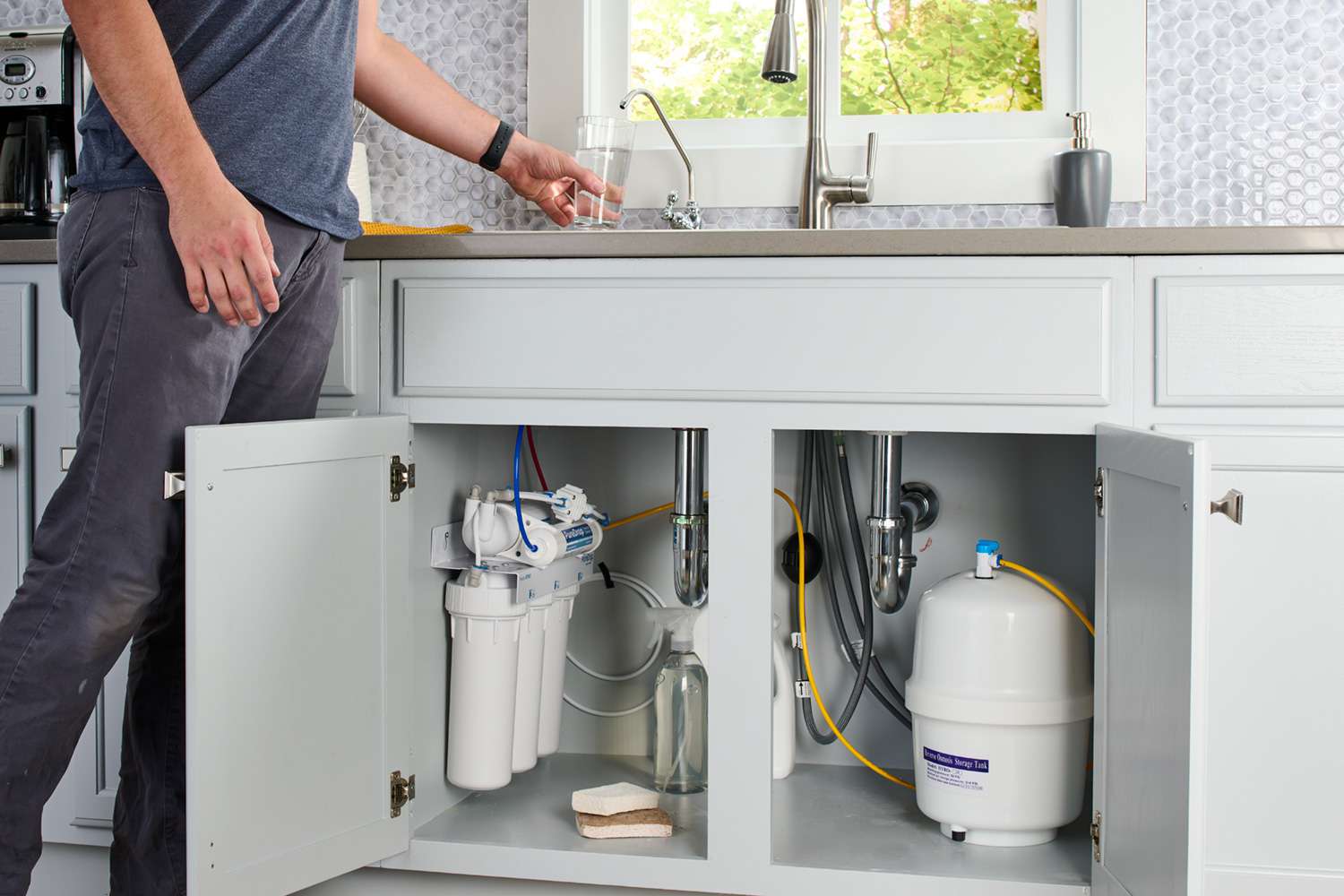
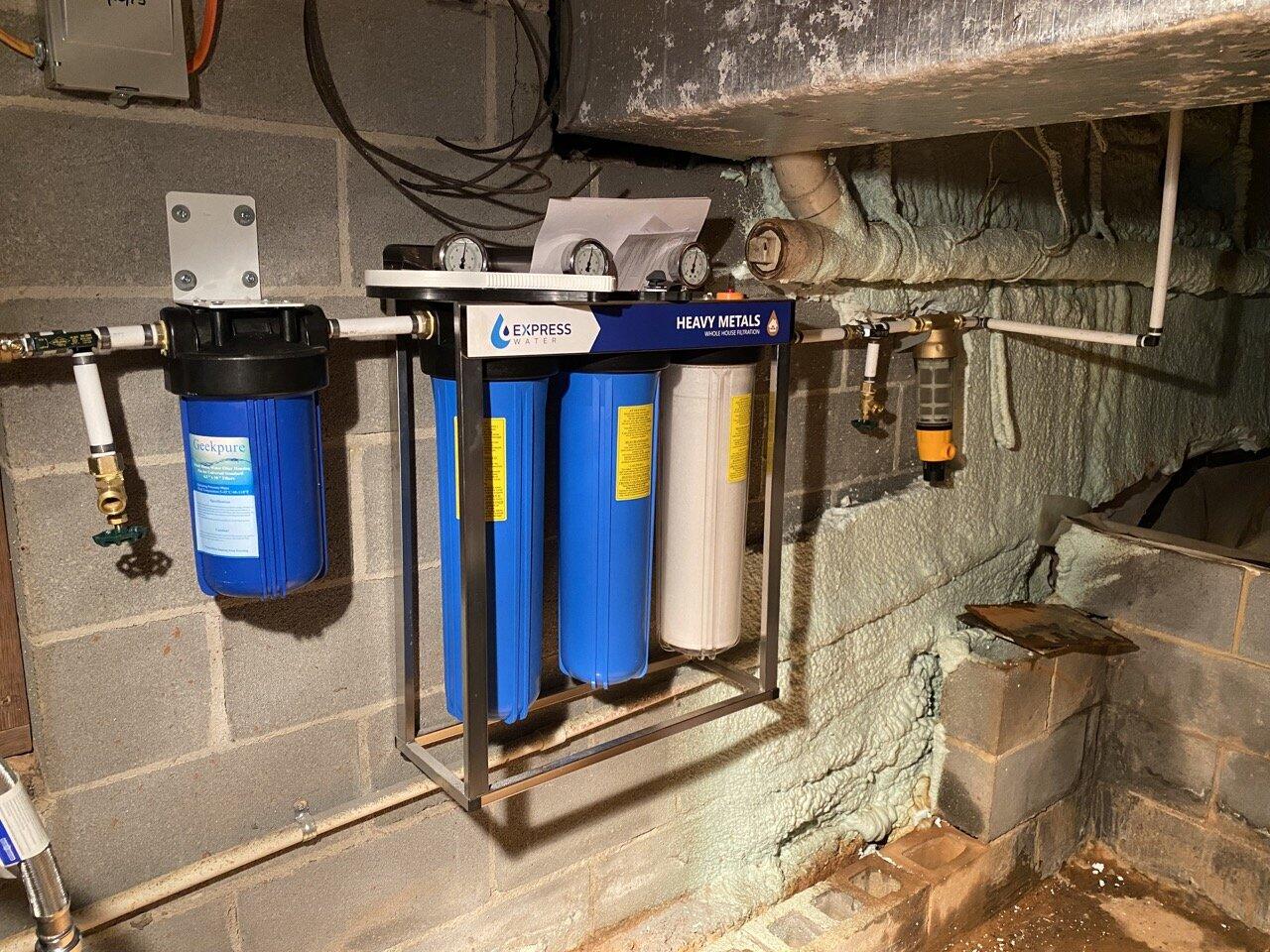
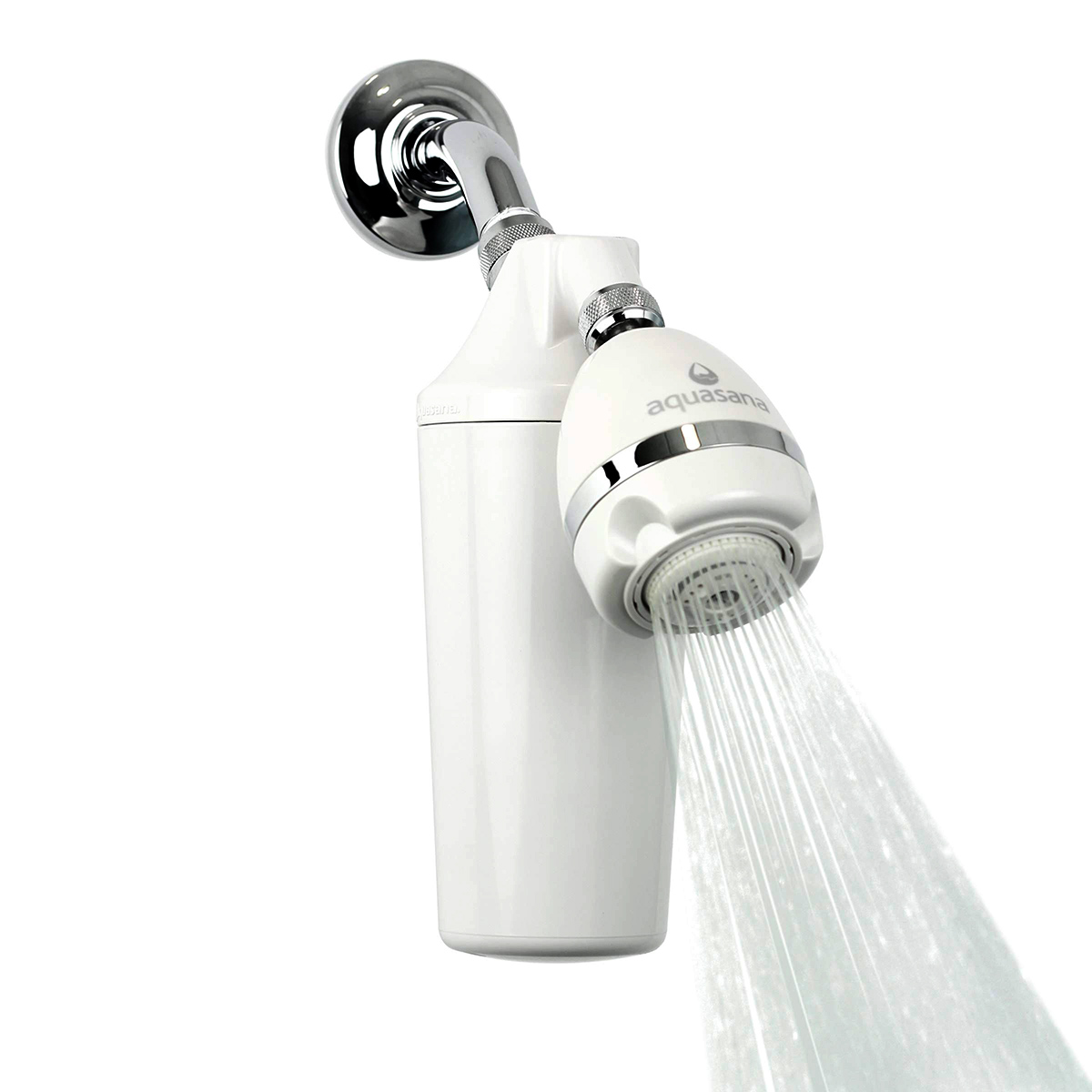
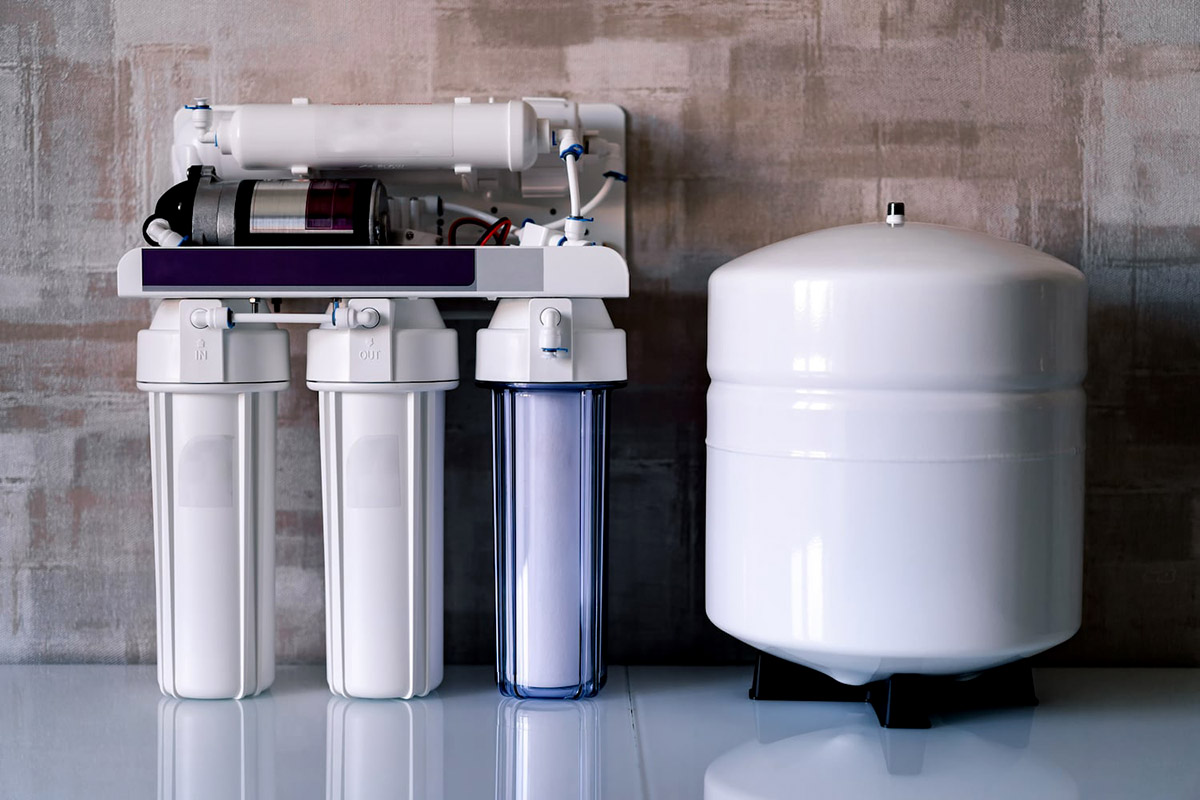
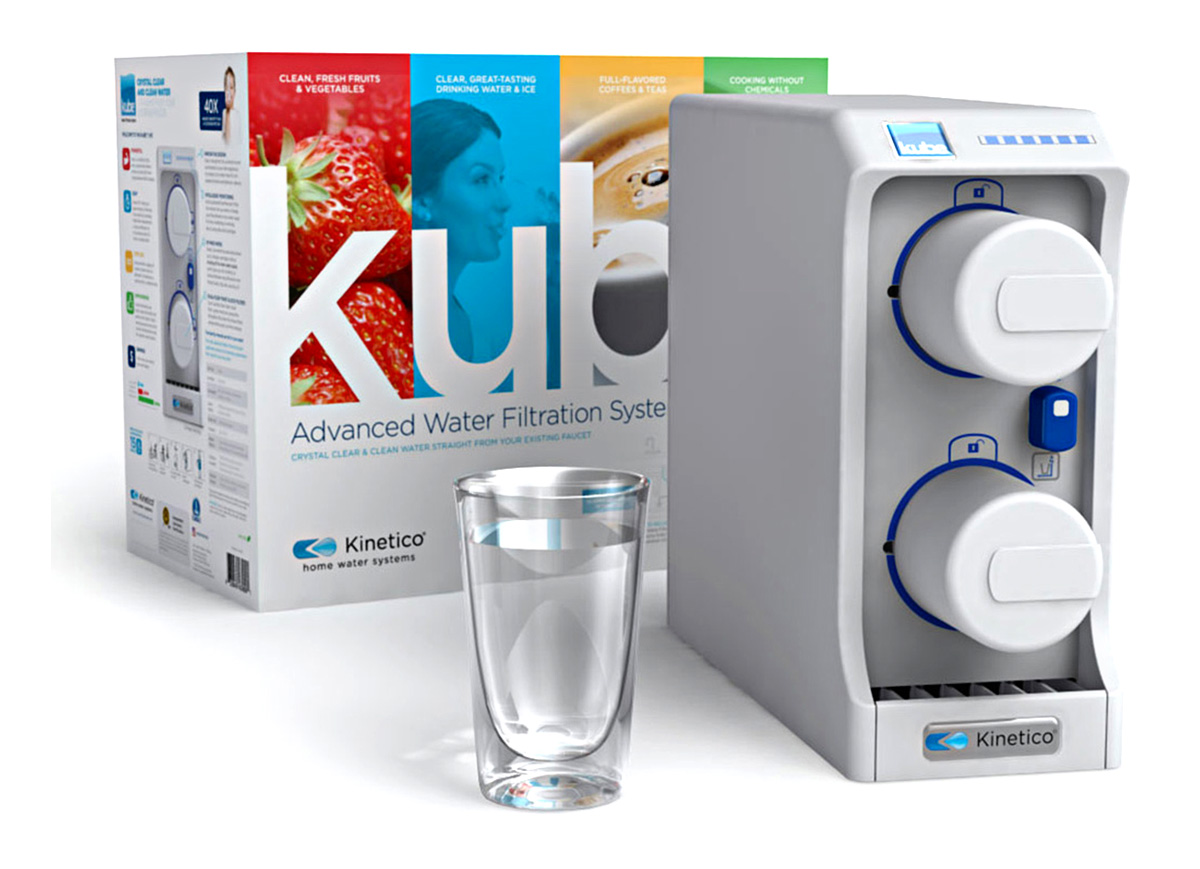

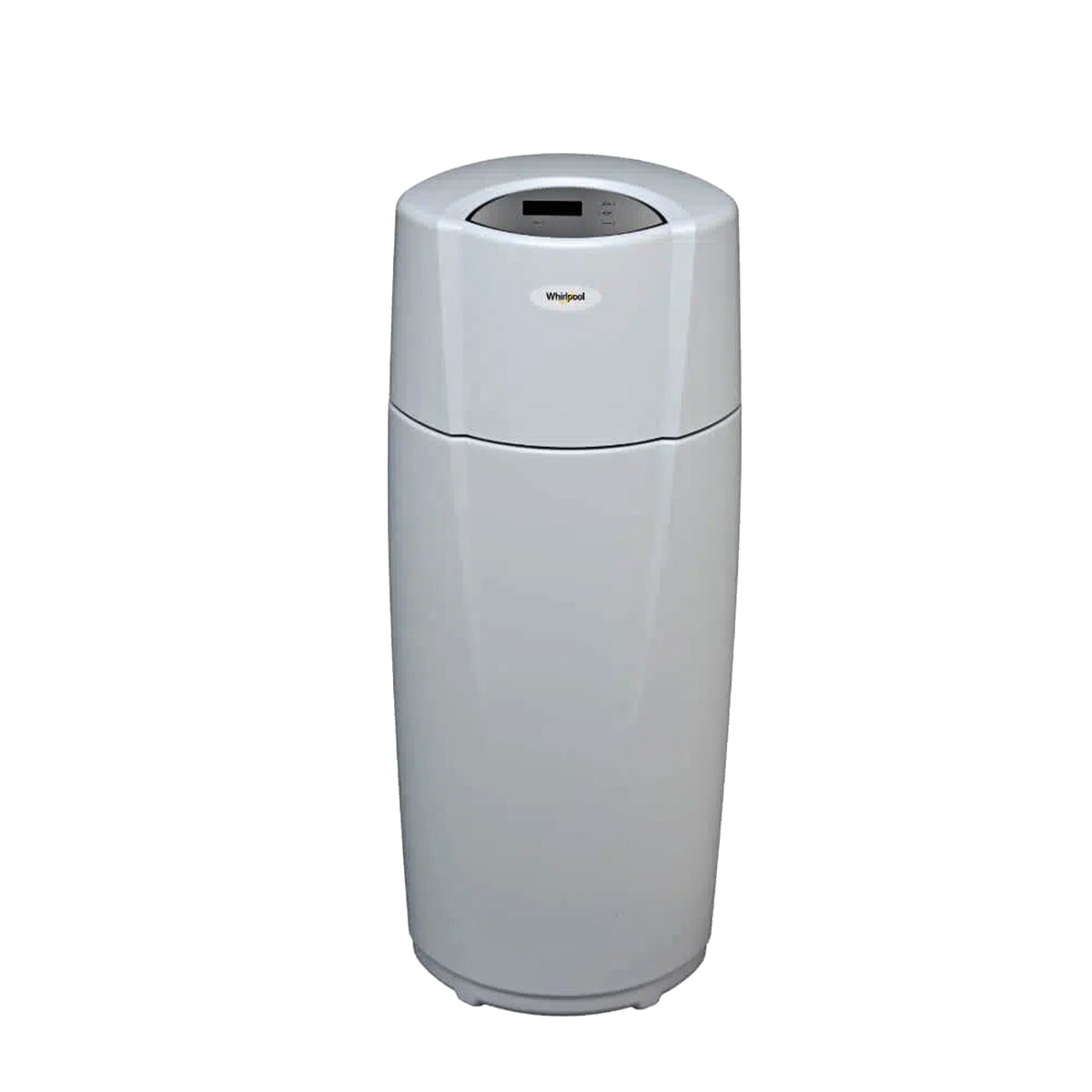
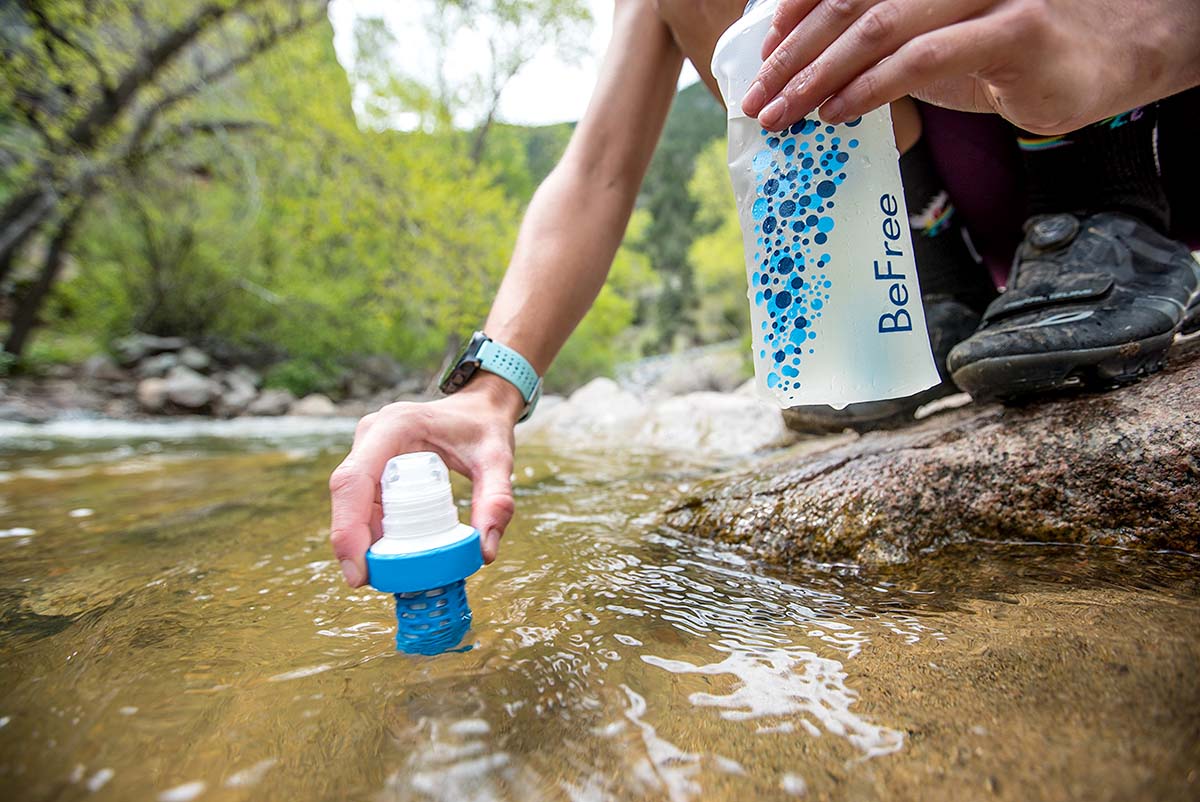
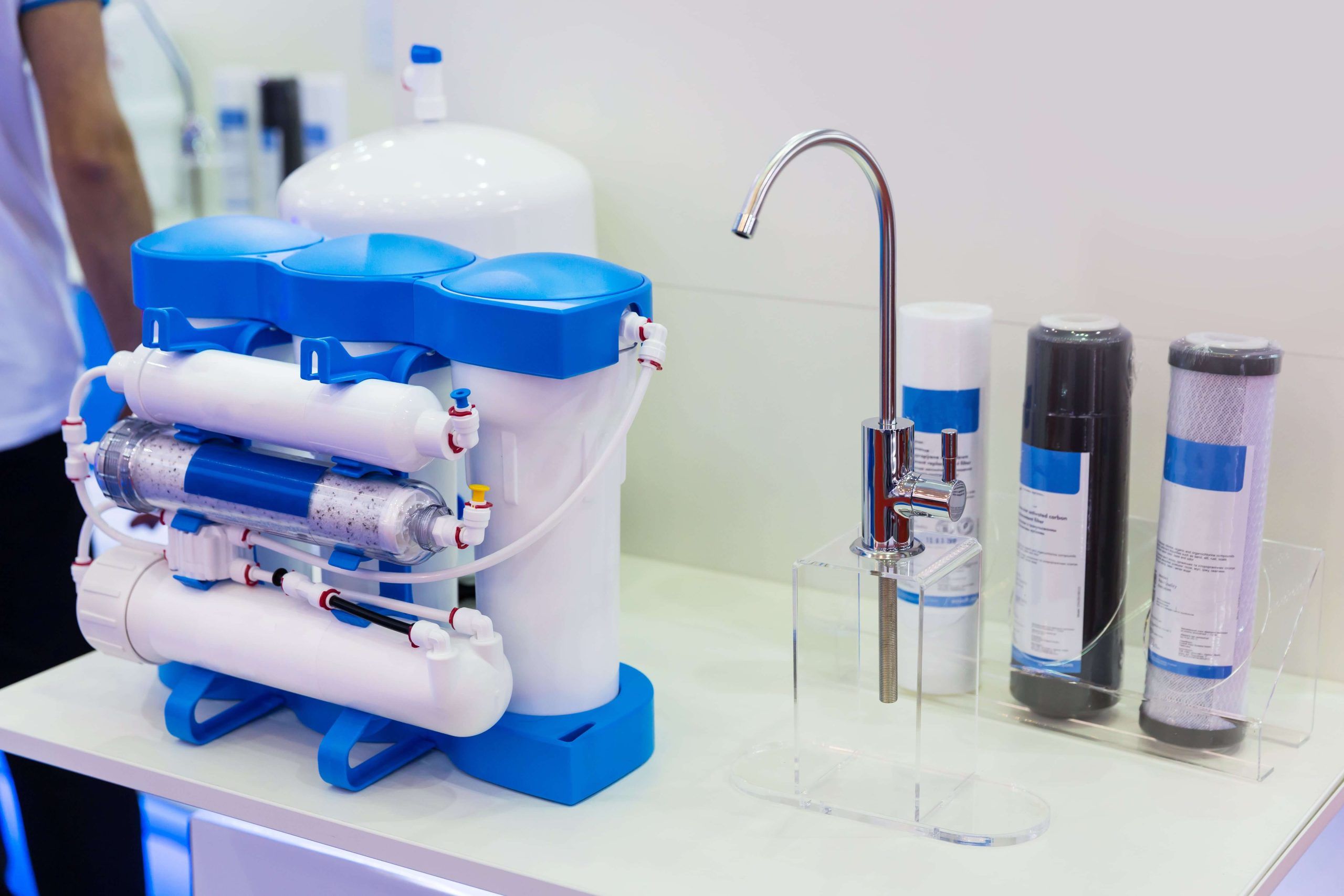
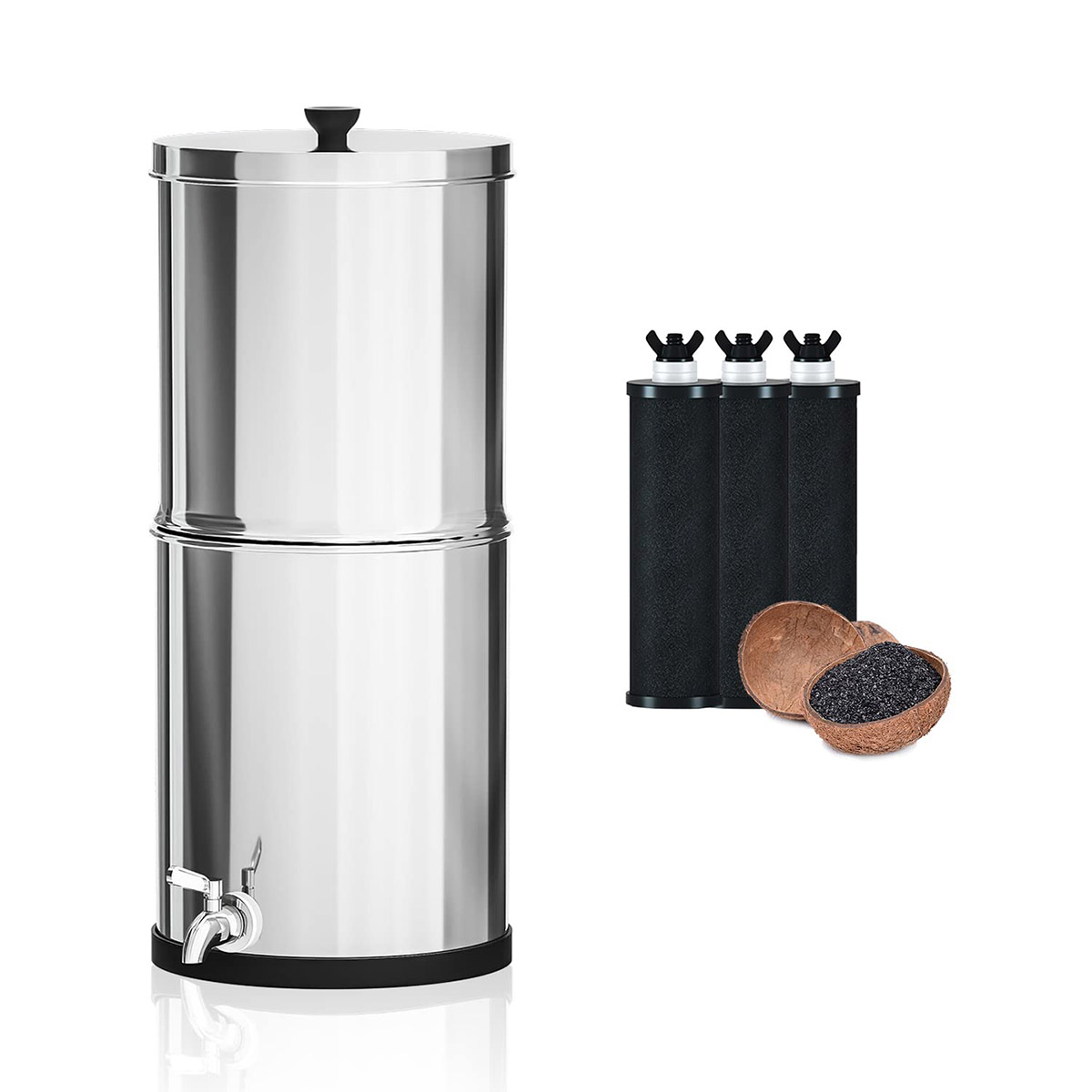
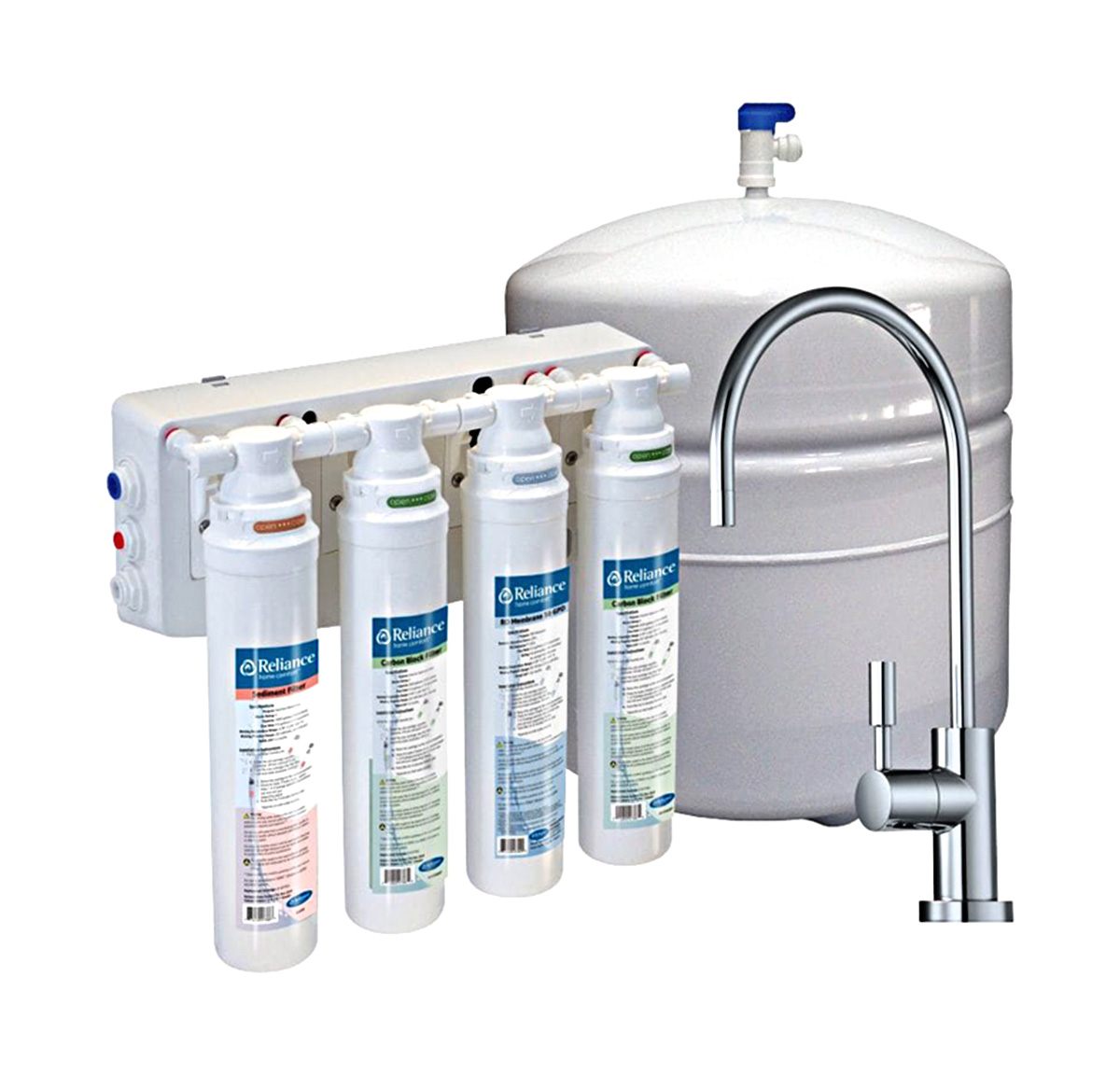
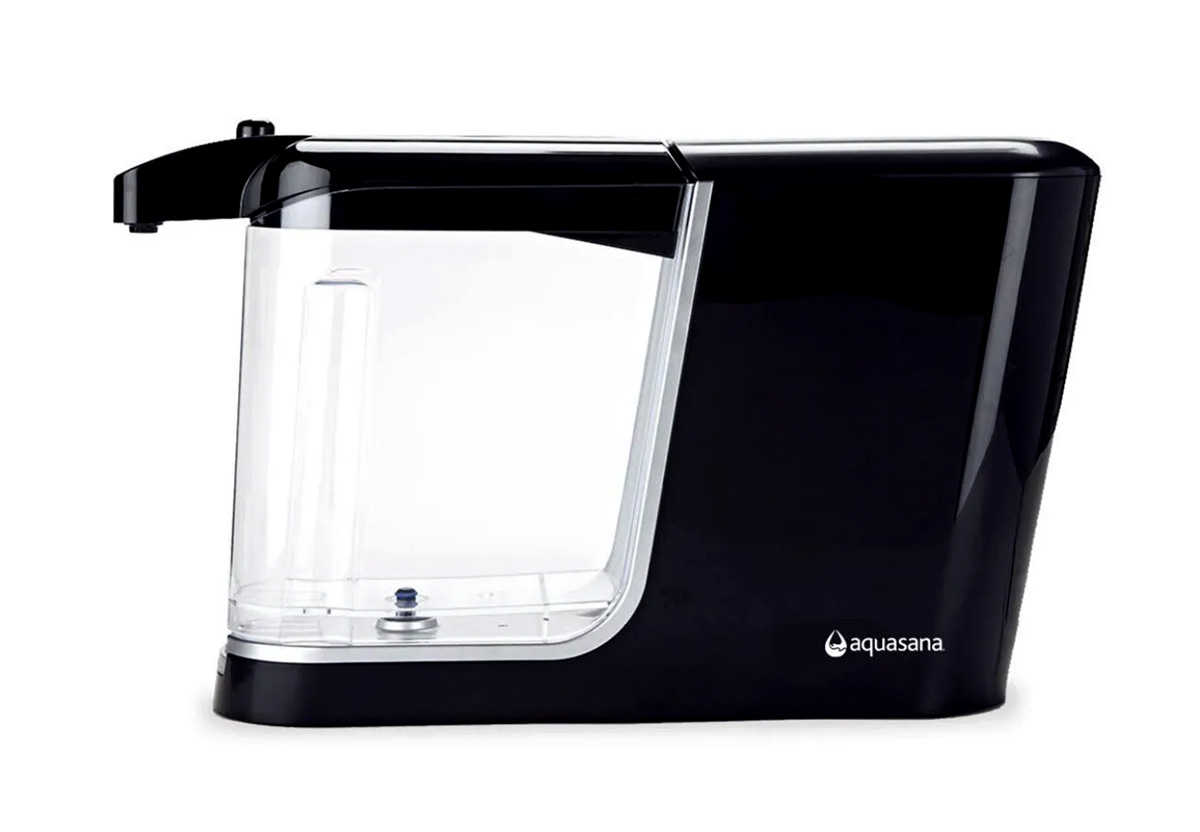
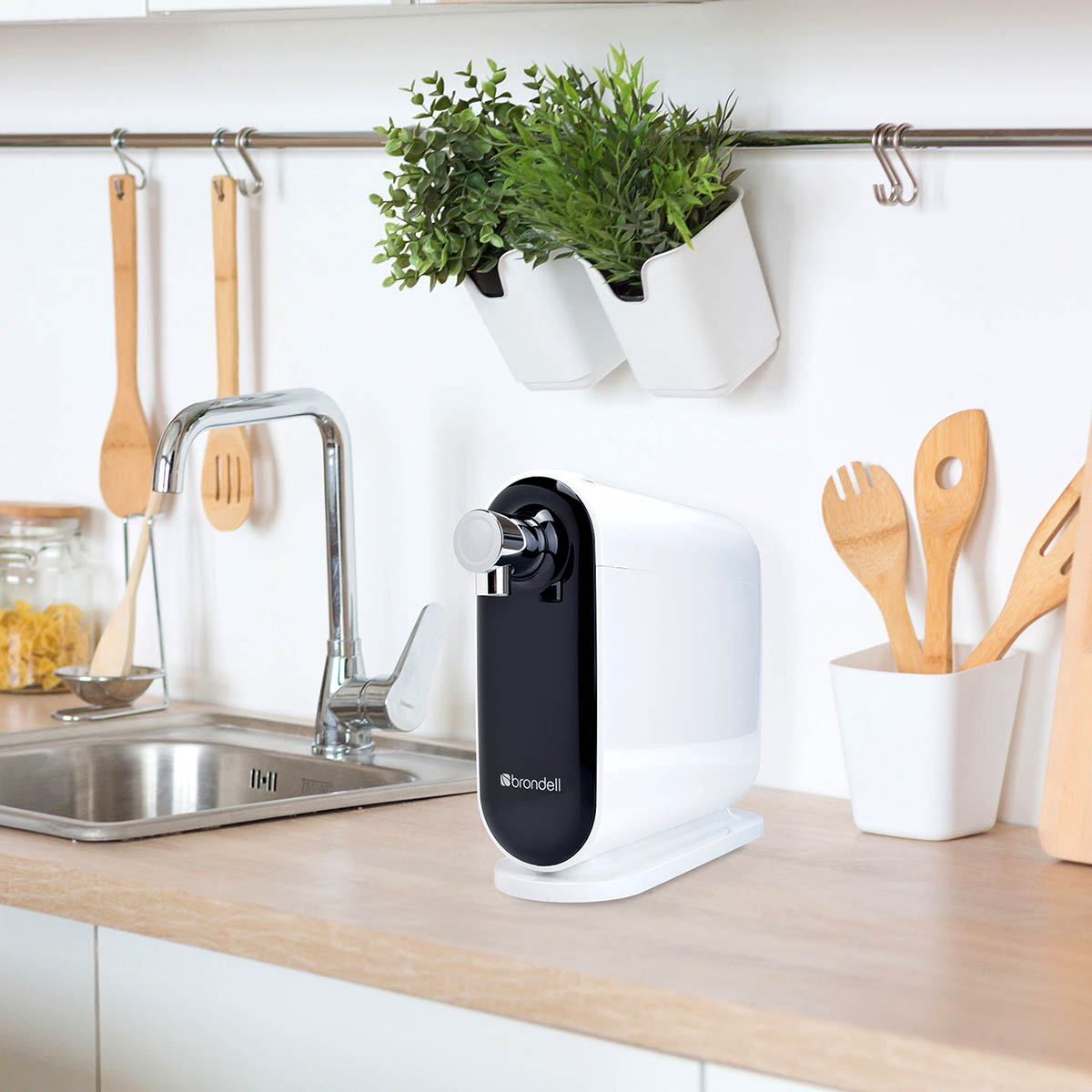
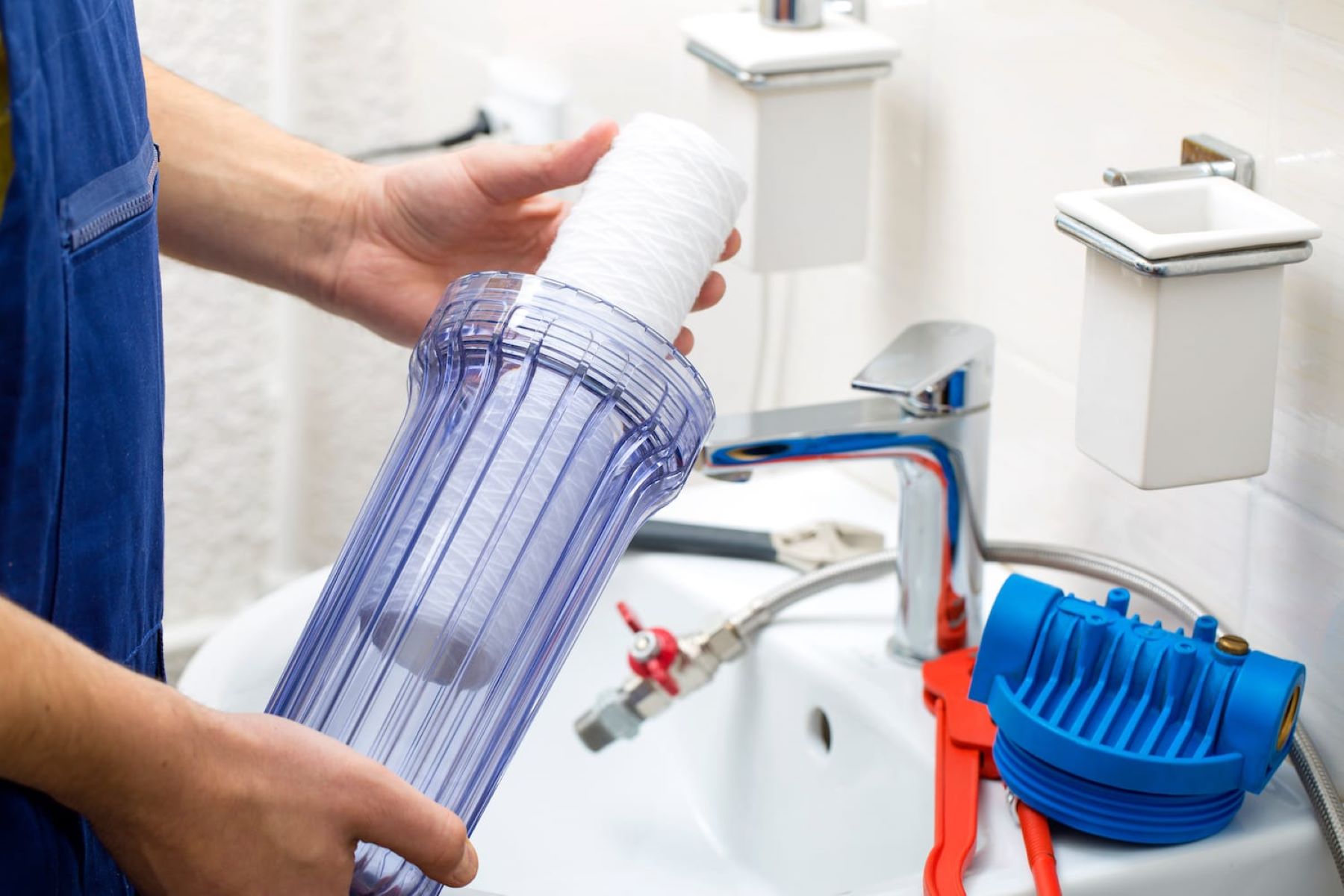

0 thoughts on “How To Install A Home Water Filtration System”